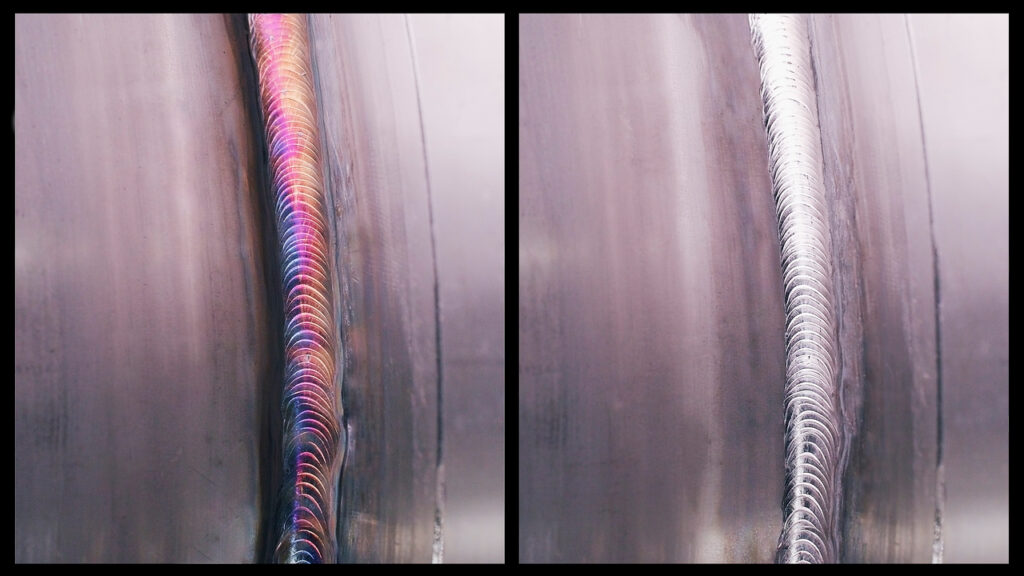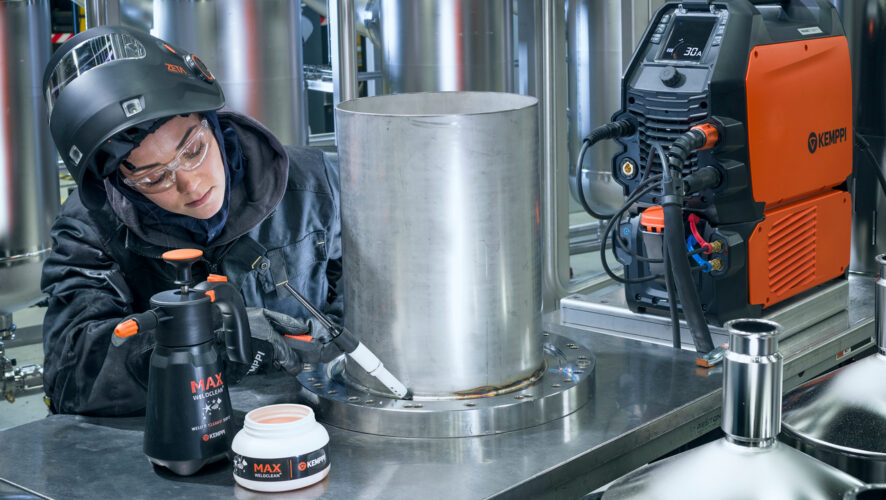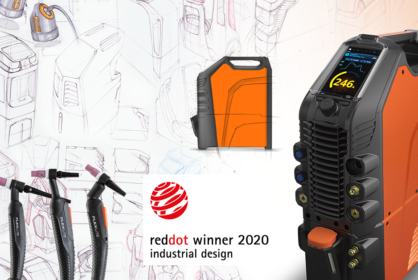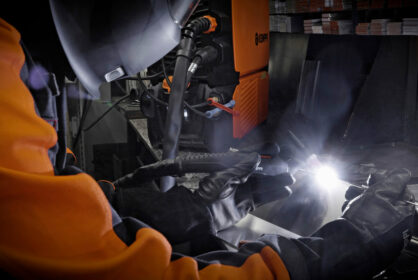Welding is all around us. It binds together the metals to build structures essential to our everyday lives. However, beyond the visible sparks and strong connections, there’s an aspect often underestimated: weld cleaning. Especially with stainless steels, proper weld cleaning not only improves the aesthetic appearance of the weld but also ensures its strength, durability, and overall quality.
Welding leaves oxides on the welded surfaces. If left untreated, these residues can compromise the integrity of the weld, leading to defects, weakened joints, and, in the worst case, structural failures. Skipping cleaning means a weld is more prone to corrosion and rusting due to the presence of impurities on the surface.
Weld cleaning ensures that welds meet stringent industry standards for quality and safety. It also eliminates potential corrosion sources, improving the overall strength and integrity of the weld and prolonging the lifespan of welded structures.
Innovations in methods drive efficiency:
Traditionally, weld cleaning involves manual methods such as grinding, wire brushing, or chemical treatments, which are time-consuming or environmentally unfriendly. Technological advancements introduced innovative solutions that enhance efficiency while reducing environmental impact.
Other weld cleaning methods are:
- Various chemical solutions, such as pickling paste or acidic cleaners, can be used to dissolve the oxides, scale, and discoloration from the weld surface. It is essential to follow proper safety precautions while using chemical cleaners.
- Electrochemical cleaning involves using electrolytic solutions and a power supply to remove the surface impurities from the weld. This method effectively cleans stainless steel and other metals susceptible to discoloration.
- Laser cleaning is a non-contact method that uses laser beams to remove contaminants from the weld surface. It is precise and environmentally friendly, making it suitable for delicate or hard-to-reach areas.
All these methods require separate equipment. Most professional-level cleaning devices can cost as much as – or even more than – a welding machine. However, we now have a machine capable of performing both tasks at a lower cost than many standalone cleaning machines.
With the Minarc T 223 ACDC GM, electrolytic cleaning can be done with the same welding machine. No separate device is necessary. This dual functionality is not only cost-efficient but also highly convenient.
The Minarc T 223 ACDC GM is a portable, lightweight, professional-level TIG welding machine with AC welding capability, which means it can also weld aluminum. It has pulse welding for both AC and DC, which is easy to set up, and reliable ignition, which is important for TIG welders. The machine can also clean any type of stainless steel welds and, in some cases, aluminum welds.

The combination of Technology and Skilled Craftsmanship
It’s essential not to overlook the craftsmanship aspect of welding. Skilled welders possess a deep understanding of metallurgy, welding techniques, and industry standards, enabling them to discern subtle imperfections and address them precisely.
In this context, technology is a tool for welders to command, allowing them to realize the perfectly executed and finished welds they already see before the visor comes down.
The Minarc T 223 ACDC GM has been built with this balance of technology and craftsmanship in mind: to improve the welding workflow and elevate the productivity of a welder to a new level.
Transitioning from Welding to Cleaning
When switching from welding to cleaning, the only things a welder needs to do are change the consumables in the welding torch and use cleaning and neutralization liquids.
There are no limitations in cleaning stainless steel welds. From an efficiency point of view, standard or large kits are available. The large kit can be used if efficiency with bigger welds is required.

The cleaning process consists of the following easy steps:
- Change the consumables or the torch.
- Dip the carbon fiber brush of the torch in the cleaning liquid.
- Touch the workpiece.
- Press the trigger.
- Start swiping on the weld surface and release the trigger when the weld is clean.
- Neutralize the cleaned area with a neutralization liquid and wipe dry.
Conclusion
Weld cleaning is not merely a finishing touch but a fundamental aspect of welding that directly impacts the quality, durability, and safety of welded structures. By investing time and effort in proper weld cleaning, welders can achieve high-quality, structurally sound, and visually appealing welds.
The Minarc T 223 ACDC GM is a lightweight, portable device, not only capable of welding, but also performing electrolytic cleaning. By combining these functionalities into one machine, welders can save valuable time and resources while ensuring high-quality results.
Discover Kemppi’s portable AC DC TIG welding machine with electrolytic cleaning function >>> Minarc T 223 ACDC













